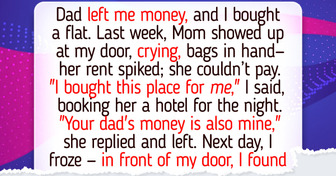I Refuse to Let My Sister Step Inside the Home I Bought for Our Parents — and I’m Not Sorry

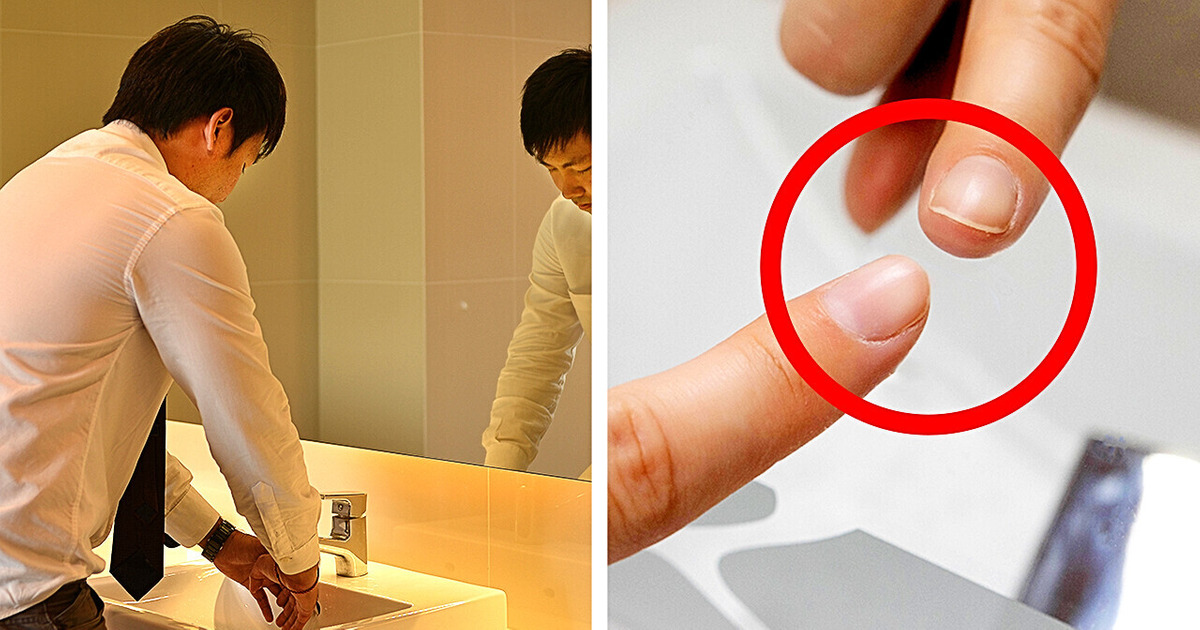
Airports are some of the most visited and, at the same time, mysterious places out there. So, let’s see what’s going on behind the scenes and what secrets airports hide!
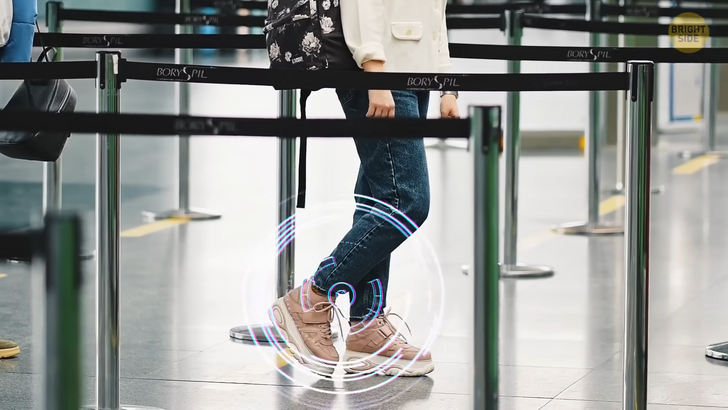
At some airports, there are special people called profilers. Such people bring to life a special program called SPOT — Screening Passengers by Observation Technique. They analyze your mimics, gestures, and behavior in order to detect suspicious people. Their job is to notice non-verbal signs of anxiety — people licking their lips, itching, or looking around a lot. If a profiler notices a person acting in an unusual way, they can invite them for an inspection. There, they talk to this person, trying to find out more about them and confirm — or not — their suspicions.
Airport agents might also be watching you all the way from the security check to your gate. Some airports have facial recognition scanners that can easily track you. They’re equipped with special software that compares passengers’ faces with their IDs.
Keep in mind that if you don’t charge your laptop before the flight, it may be confiscated! It’s not uncommon for an airport security officer to ask you to power your device up. If you fail to do it, your gadget can be taken away for an additional check. For safety reasons, it’s crucial to make sure that it hasn’t been tampered with or modified in a way that can cause harm during the flight.
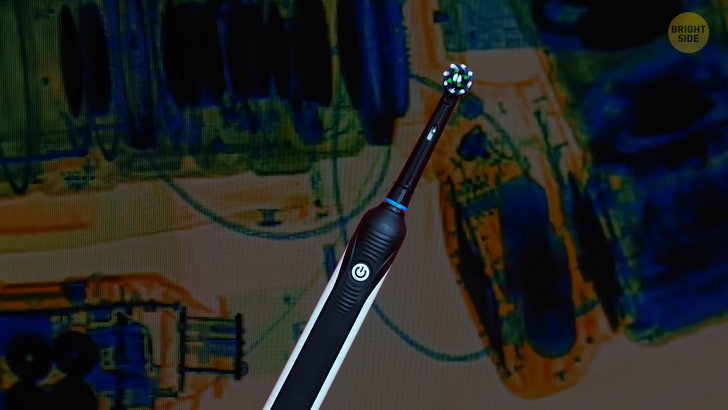
Packing an electric brush in your checked-in luggage may land you in trouble. Brushes produced by some brands have lithium batteries inside, and those can potentially lead to serious problems in the air. That’s why leaving your electric brush in your checked suitcase isn’t an option. But you’re allowed to store them in your carry-on bag. At the same time, if your device runs on AA batteries, you can put it wherever you want.
Anyone who’s ever traveled by plane knows about the “no-liquids” rule. But not everybody knows that this rule also applies to peanut butter, toothpaste, creams, lotions, liquid makeup, lava lamps, snow globes, some kinds of medications, deodorant, and even gel shoe inserts! Now, let’s go outside for a while and look at those landing spots.
Airports charge airline companies huge fees for landing on their runways on certain days and at particular times. But the most interesting thing is that landing spots can be bought and sold! For example, in 2016, Oman Air paid Air France around $75 million for one early morning arrival slot at London Heathrow Airport. You must have noticed that airfare has increased over the past decade — that’s because of the extremely high prices of landing slots!
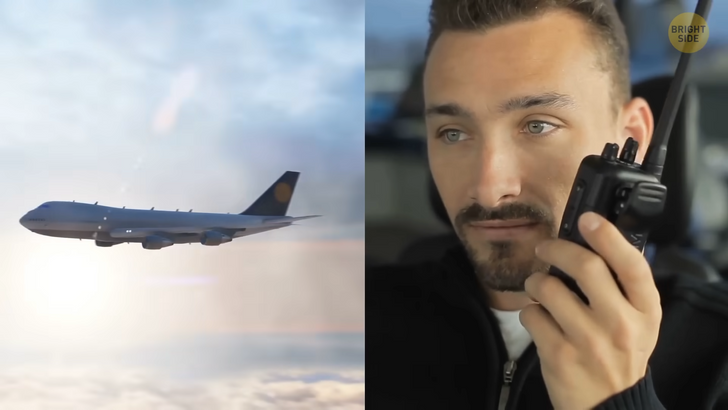
Dispatchers don’t only control the planes in the sky, as you can often see in the movies, but they also look after their movements on the ground. They also control the lighting on the runways. There are 3 types of air traffic controllers: en route, terminal, and tower. Each of these dispatchers has their own area of responsibility. One dispatcher has about five monitors, and the information on them is constantly changing since the monitors show weather conditions and information about other planes.
You know how it sometimes goes: you come to a security checkpoint, and all of a sudden, it turns out you have something prohibited in your carry-on. But worry not — you still have a chance to save your favorite penknife! At some airports, there are on-site postal services. And you might have an opportunity to mail your belongings to any address you provide. But the mailing fees are pretty high. Plus, certain items are prohibited, and the postal service won’t deliver them.
Airports can be selling your lost luggage right now! Of course, I don’t say that there’s no chance for you to get back your suitcase that’s traveled to a different destination. But just as likely, you might not see it again. In this case, an airport has the right to sell your misplaced belongings at an auction. Most airports have an annual lost luggage sale. After paying an entry fee, you can bid on electronics, clothes, bags, and other stuff.
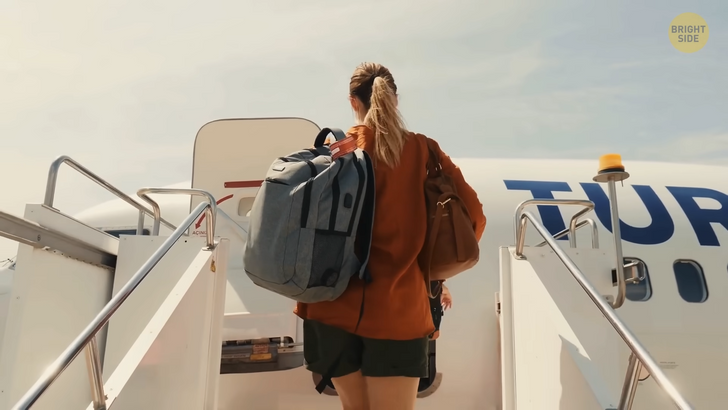
While flying, you might have a celebrity on board — but you won’t know it. Large airports have separate check-in and security procedures for celebrities. They often board the plane directly through a hidden door located beside the jet bridge. Some airlines also use cool cars to transfer VIP passengers from the terminal building to the plane.
At the same time, most people come to the airport well ahead of time. And the most popular activity while waiting for a flight is wandering through the duty-free zone. And even though people rarely plan to buy anything there, different products end up in their shopping baskets. That’s because lots of airports are designed in a special way that makes people feel relaxed and at ease. I’m talking about all those huge windows, a lot of light, massage chairs, and comfortable seating areas. Statistically, calm passengers are 10% more likely to spend money on retail, duty-free, and food.
Designers put a lot of thought into airport layouts — it helps to ensure the smooth flow of travelers. And the main point here is easy navigation that can prevent people from getting lost. This is achieved through subtle but very effective design cues. And placing duty-free zones between security checkpoints and boarding gates is one of them. They supposedly help you relax after clearing security — and lead you where you need to go.

But speaking of food — a celebrity chef restaurant at the airport might not be as good as it would be if you visited the real thing. Not chefs themselves, but special restaurant companies are responsible for airport outlets. One of the reasons is the extremely strict security that surrounds airport deliveries, including food. You may still have a nice meal, but it won’t be the same.
Now, I’ll tell you about one more way airports manipulate you into spending your money. They make you walk through the shiny duty-free stores straight after the security check. But the most curious thing is that the walkway through such stores usually veers to the left. That’s done because most people are right-handed. Which means they use their right arm to pull their luggage and are more likely to look to the right while passing through the stores. And the duty-free zone veering to the left leaves more space on the right — where passengers are most likely to look.
Oh, and have you ever noticed how many mirrors there are at airports? Mirrors are strategically placed there to make airports appear larger and create an illusion of more space. This in turn helps to reduce the feeling of claustrophobia and makes the airport experience more comfortable for travelers!
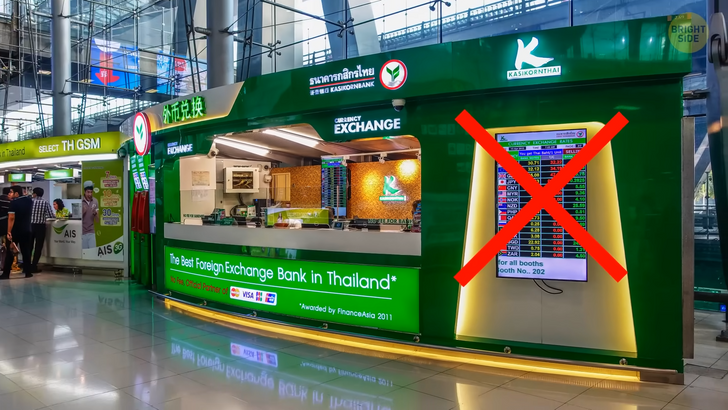
If you have an opportunity, don’t exchange cash at the airport — you’ll never get a good rate there. Those who didn’t buy local currency in advance can instead order it online and collect it at the airport. Some services only need a few hours’ notice for such an order. Or it might be even better to use an ATM to withdraw some cash at your final destination.
Now, have you ever paid attention to airport codes? The most often used are three-letter codes. Why this number? Back in the 1930s in the USA, pilots used the National Weather Service’s 2-letter city codes to refer to airports. But soon, the number of airports in the country outgrew the number of such codes. That’s why airlines expanded this system by adding the third letter. It was usually X. That’s how LA (Los Angeles) turned into LAX. But even though there shouldn’t be two airports with the same code, some of these codes sound so similar that you can easily mistake one for the other! For example, look at this airport with the code CGP in Bangladesh. And here, we have CPG — it’s the code of an airport in Argentina. It’s dangerously easy to fly to the wrong place, so pay attention!







